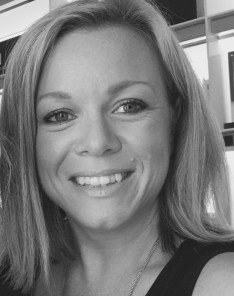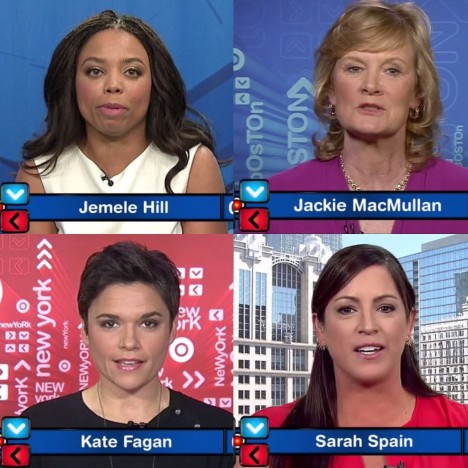Women in the media – commercial TV’s panel deficit
In this guest column, Claire Waddington says agencies aren’t the only industry with gender imbalances – commercial television gives women less time on air than their male counterparts as well as less representation.
 Chapter 6 of the Media, Entertainment and Arts Alliance (MEAA) and Isentia report into Women in Media shows women are drastically underrepresented in panels.
Chapter 6 of the Media, Entertainment and Arts Alliance (MEAA) and Isentia report into Women in Media shows women are drastically underrepresented in panels.
In recent weeks American women in media breathed a collective sigh of relief.
Emerging from the male-dominated sporting world as a pioneer, ESPN marked the 3000th episode of its debate forum Around The Horn with another significant milestone – its first ever all-female panel.



Yawn! Haven’t we had this debate like a trillion time?!?!
@Coke Monster – it is not a debate – there is no debate – it is just highlighting something that needs to change. Things are still out of whack – so it still needs to be talked about.
Thanks for your insights Clare.
In response to the lack of women appearing at our industry’s trade events – and the ongoing debates regarding this issue – last year a practical grass-roots solution was launched called Peggy’s List – which highlights women who are available to speak at industry events, on panels etc.
There are over 180 women on Peggy’s List from our local Australian industry. Take a look here – http://www.mediascope.com.au/w.....eggys-list
Don’s List was also launched – as a complement to Peggy’s List – which highlights men who have pledged to ask about the diversity of a conference they are invited to get involved in. Take a look here – http://www.mediascope.com.au/w.....-dons-list
Based on an audit of 18 local Australian industry trade events in 2015 (inc Mumbrella360), 27% of all speakers were female. Take a look at the breakdown here – http://www.mediascope.com.au/w.....nder-audit
Peggy’s List is a tangible solution for content curators, event and conference organisers which speaks directly to the diversity issue Clare has raised – and is going someway to change our industry’s mindset.
Dear god, my eyes.
This is beyond obnoxious on desktop. You’ve taken all that’s offensive and wrong with modern web publishing, and implemented each item on the list.